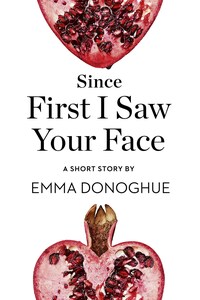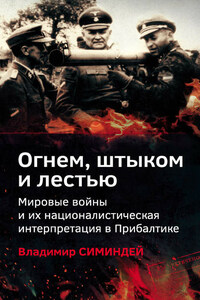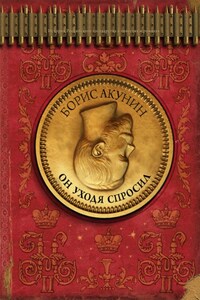MY FELLOW BOARDERS AT Benson’s are mostly cure-seekers, come to Wiesbaden in search of lost health. Two consumptives, an anaemic, half a dozen digestive cases. Mr Christopher Benson himself (withered legs, wheeled around by his valet) is the gentle lord of this house of invalids.
“No, I’m perfectly well, as it happens. It’s a natural pallor,” I tell his sister-in-law (nerves), who’s just arrived from Berkshire as September begins to cool.
“How convenient for you, Miss Hall,” says Mrs Mary Benson with a tiny smile. “You could claim to be on the verge of fainting at any moment. In the middle of a dinner party, say, or an interminable tour of a gallery.”
I shake my head. “The former, perhaps, but in matters of art I’m tireless. For some years now I’ve been working on a study of the Madonna and Child motif in German painting and sculpture.”
This sister-in-law has witty eyebrows, I notice now, as they soar.
By the second day we’re Ellen and Minnie, because, as she points out, watering places are known for their delightful suspension of the rules of etiquette. Thirty-one, and not pretty by any measure: dumpy, snub-nosed, straight dark hair. But a lively conversationalist, despite her shattered health. Her clergyman husband is director of a Berkshire public school, and something of a scholar, preparing a monograph on St Cyprian, a third-century Bishop of Carthage.
Minnie reports pressure on the sides and top of her head; trouble with appetite, sleep, memory; the ground seems to rise and fall beneath her. A devouring sort of lowness. A screwed-tightness, so that her shoulders ache as if she’s bearing an invisible yoke.
Having lodged so long at the Bensons’, I thought I’d no patience left for symptoms (the perennial topic in Wiesbaden). But somehow I keep listening to Minnie Benson.
Dr Malcolm has prescribed her a complete reprieve from the whirl and clamour of modern life. Prayers by her bed at a quarter past eight; bathe; dress; breakfast; read; walk; rest; luncheon; tonics (cod liver oil, iron, quinine); sew; walk; rest; dine; a little music; to bed by ten, with a dose of chloral hydrate for sleep.








